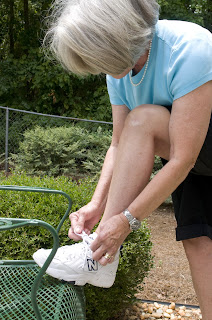Be strong and courageous. Do not be afraid or terrified because of them, for the Lord your God goes with you; he will never leave you nor forsake you.
Life can be scary - I know.
Today, I take a little comfort in the "scary" Halloween events, people and decorations. You see, it's not scary at all. While we'll see the occasional Halloween Grinch who goes past the fun on this day and night, Halloween is mostly harmless.
 But in real life - even when we're confronting the not-so-harmless - it's comforting to know that we don't need to fear. In the verses above, Moses is about to step down after leading God's people for decades. He reassures these people with these words. The words echo still. Be strong. Do not be afraid. God goes with you. He will never leave you.
But in real life - even when we're confronting the not-so-harmless - it's comforting to know that we don't need to fear. In the verses above, Moses is about to step down after leading God's people for decades. He reassures these people with these words. The words echo still. Be strong. Do not be afraid. God goes with you. He will never leave you.
So this day, with its fake scariness, know that God will never leave you when the real world closes in!



